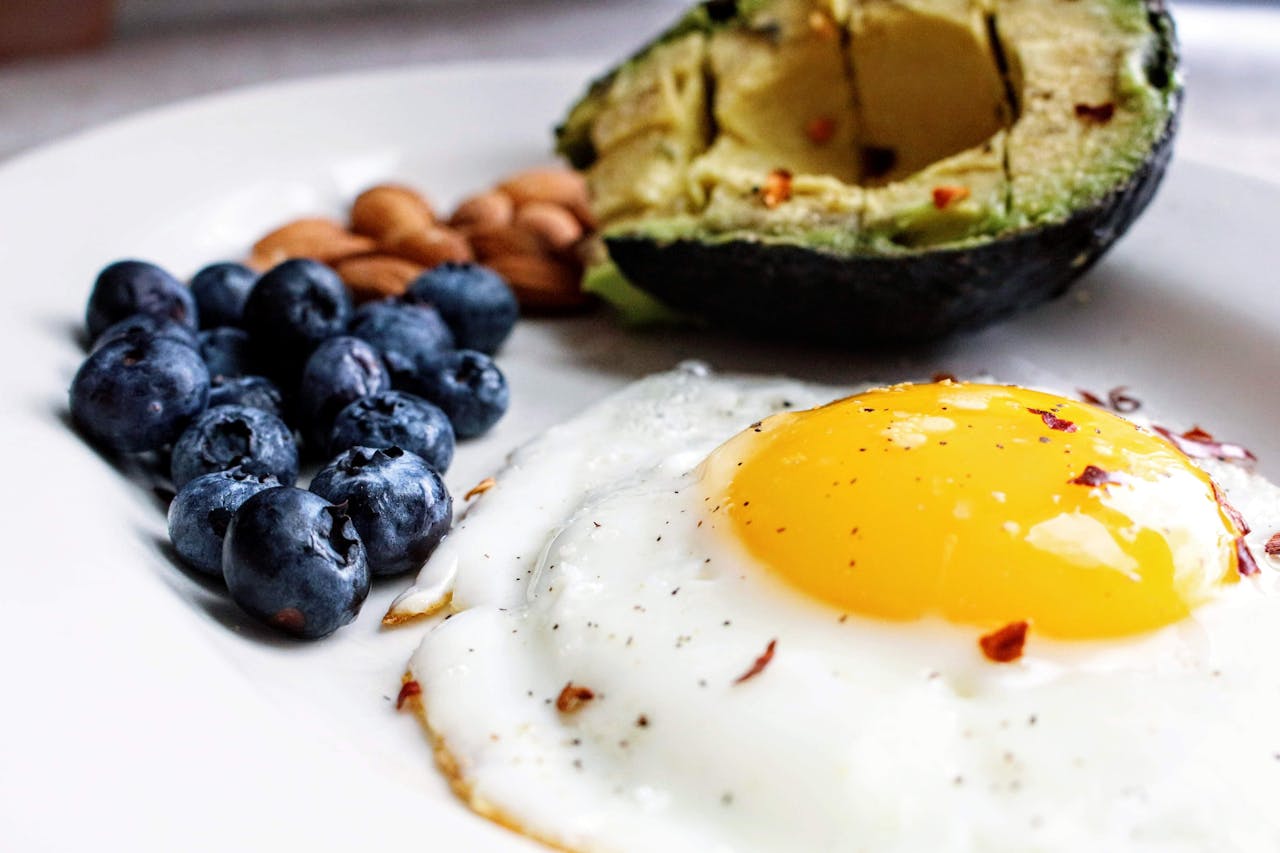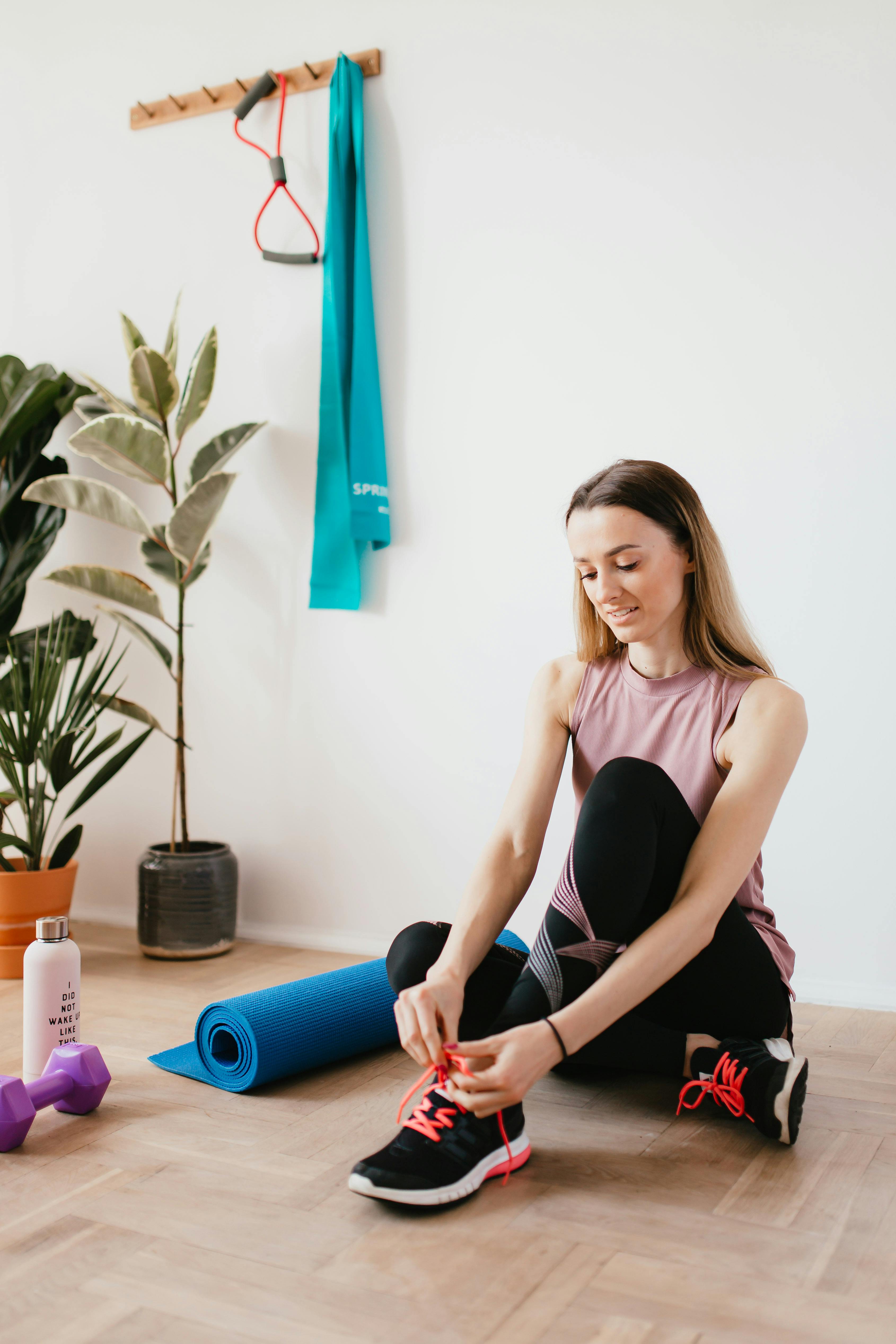Hook / Lead
Open TikTok and you’re dropped into a digital carnival of seven-day abs, miracle smoothies, and “one-week shred” routines. Scroll long enough and the feed stops looking like social media and starts feeling like a late-night infomercial with better lighting. For a generation raised on swipe culture, the promise is intoxicating: instant results, camera-ready bodies, and the thrill of belonging to a trend that might vanish by next week.
The clips are tight, the claims are punchy, and the transformations—always perfectly lit—seem to prove that anyone can leapfrog physiology in 30 seconds or less. What you don’t see, of course, are the edits, the sponsorships, the weeks of cuts and retakes, and the inconvenient details of biology that never trend because reality is slower than a soundbite.
The Algorithm Loves a Quick Fix
TikTok’s For You Page isn’t a neutral window on the world; it’s an engagement machine. The system relentlessly tests what keeps you on the app, and extreme content—crash diets, dramatic before/after reveals, 30-day “transformations”—wins because it spikes curiosity and emotion. That feedback loop becomes self-fulfilling: the more you pause on bold claims, the more the feed serves them back.
Searches like “TikTok weight loss trend,” “skin care routine,” and “fitness challenge” surge among 18–34-year-olds precisely because the platform keeps such topics in circulation.
Crucially, the algorithm doesn’t ask whether a hack is safe or reproducible; it asks if it’s watchable, shareable, and comment-provoking. That means nuance, context, and boring-but-true advice get outcompeted by spectacle. Even well-meaning creators feel pressure to sharpen their hooks, promising bigger results in less time to survive in a marketplace that rewards maximal claims over measured guidance.
The end result is a stream that looks authoritative, because repetition reads like consensus, but is actually optimized for attention—not outcomes.
From Hashtag to Hazard
Put those incentives together and you get entire subcultures: #SkinnyTok reels that glamorize ultra-lean physiques; “What I Eat in a Day” montages that present restrictive menus as if they were universally appropriate; 1,000-calorie challenges that frame exhaustion as discipline; “internal shower” concoctions that claim to detox the body; dry-scooping preworkout for shock value; and ice-bath marathons that imply hormetic stress can solve any problem if you suffer hard enough on camera.
Throw in supplement stacks with aggressive claims, and you’ve got a recipe for confusion at best, and harm at worst. None of this means every creator is reckless. Many offer honest, thoughtful content But the gray zone is huge: even when platforms remove explicit pro-eating-disorder material, lookalike content slips through by framing extreme behaviors as “wellness,” swapping clinical language for aspirational aesthetics.
Young viewers—especially those already anxious about appearance—can’t easily tell the difference between an evidence-based routine and a performative stunt designed to rack up views. When imitation is the platform’s primary currency, dubious hacks spread as quickly as dances.
The Real-World Fallout
Clinicians have been warning for years that appearance-centric feeds are not just “motivational”—they’re a risk factor. Studies consistently show associations between high exposure to body-ideal content and disordered eating, body dissatisfaction, and symptoms of anxiety and depression among teens and young adults. Practitioners now routinely ask about specific platform habits during intake because the pattern has become unmistakable:
late-night scrolling, relentless self-comparison, food rules learned from strangers, a creeping belief that health equals thinness and that thinness equals virtue. In practice, the feed normalizes restriction and what psychologists call “body surveillance”—hyper-monitoring weight, shape, and perceived flaws. That surveillance can morph into compulsive checking: mirror photos, scale rituals, and constant mental arithmetic around calories, macros, and steps.
Add sleep disruption from doomscrolling, and you’ve got a cocktail that reliably worsens mood and decision-making. Importantly, none of this implies social media “causes” an eating disorder by itself—these are multi-factor conditions—but for vulnerable users the algorithm acts as an accelerator.
It amplifies what already hurts, surfaces communities that validate unhealthy behavior, and supplies an endless loop of “proof” that the only barrier between you and happiness is a harsher routine. Parents and pediatricians report rising help-seeking in parallel with these trends, and therapists increasingly teach media-coping skills—how to identify manipulative framing, how to curate a feed, how to step away—right alongside nutrition and movement guidance.
The Business of Viral Fitness
Behind every “quick fix” is an economy. Influencers monetize attention through ads, affiliate links, paid challenges, and brand deals. Supplement companies court micro-creators because micro-audiences convert; a discount code in a caption can outsell a traditional ad if the creator’s persona feels intimate enough. None of this is inherently evil—people need to get paid—but it blurs lines. Disclaimers are tiny, sponsorships look like recommendations, and “try this” reads as science when it’s really sales.
The classic tells are there if you know where to look: dramatic claims with no dose details or caveats; before/after images with different lighting and poses; products positioned as necessities rather than options. The algorithm doesn’t just reflect this marketplace; it fuels it, pushing content that generates reactions because reactions generate revenue. If it sounds like an infomercial, it probably functions like one, even if it’s packaged as a diary entry filmed in a bedroom.
Healthy Reality Check
Here’s the boring truth that works. The World Health Organization and U.S. public-health agencies converge on a simple prescription: move regularly (about 150–300 minutes of moderate activity per week or 75–150 minutes vigorous), add muscle-strengthening work twice weekly, and pair it with a balanced diet anchored in whole foods, adequate protein, fiber, and healthy fats. That is the opposite of viral, because it’s not a hack—it’s a habit.
Strength training preserves lean mass during weight loss, which stabilizes metabolism; aerobic work improves cardiorespiratory fitness and mood; adequate sleep consolidates both.
Most people don’t need a 50-step protocol; they need a program they can repeat. A practical template: three total-body strength sessions focusing on squats, hinges, pushes, pulls, and carries; two to three cardio bouts you actually enjoy (brisk walking, cycling, swimming, intervals scaled to your level); and daily “incidental” movement—stairs, short walks, stretch breaks—to raise your baseline.
On nutrition, think structure, not punishment: consistent mealtimes, an emphasis on minimally processed foods, enough protein to support training, and permission to include foods you love so the plan is livable.
Equally important is media literacy: treat transformation videos and “What I Eat in a Day” clips as marketing unless they cite methods and limitations; notice when a creator is also a retailer; ask what a claim would look like if it were tested—what outcome, over what time, in which people, compared to what? Structured “digital breaks” reduce the urge to compare and restore attention for the real work: showing up for your plan when it isn’t exciting.
Closing / Take-away
The hardest challenge isn’t a 30-day shred; it’s remembering that your body isn’t a filter and your health isn’t a trend. The algorithm will always prefer a spectacular promise to a sustainable plan, but you don’t have to. Unfollow what poisons your attention; follow people who teach, not just sell; choose routines you can stand on your worst week, not just your best day.
If you need a rule, make it this: the more dramatic the claim, the more boring your response should be—pause, question, verify, and then go do the next small, repeatable step that moves your real life forward.
Editor’s Notes & Reader Resources
This article is for general education, not medical diagnosis. If you struggle with eating or body-image concerns, speak with a qualified professional. Helpful starting points include national eating-disorder hotlines, registered dietitians, and licensed therapists. For exercise guidance, look for certified professionals who can adapt evidence-based programs to your context.
Sources
- Social Media Use & Eating Disorders
- Rodgers RF et al. JAMA Pediatrics, 2024. Associations of Social Media Use With Eating Disorders and Body Dissatisfaction in Adolescents. doi:10.1001/jamapediatrics.2024.xxxx
- Fardouly J, Holland E. Body Image, 2022. Social media and body image concerns: current research and future directions. doi:10.1016/j.bodyim.2022.xx
- Adolescent Mental Health
- Kelly Y et al. Lancet Child & Adolescent Health, 2018. Social Media Use and Adolescent Mental Health: Findings From the UK Millennium Cohort Study. doi:10.1016/S2352-4642(18)30060-9
- Twenge JM et al. Clinical Psychological Science, 2020. Age, period, and cohort trends in mood disorders and suicide-related outcomes associated with screen time. doi:10.1177/2167702620913502
- Physical Activity & Nutrition Guidelines
- Media Literacy as Prevention
- McLean SA et al. International Journal of Eating Disorders, 2017. Media literacy intervention for body image and eating disorder prevention. doi:10.1002/eat.22714













